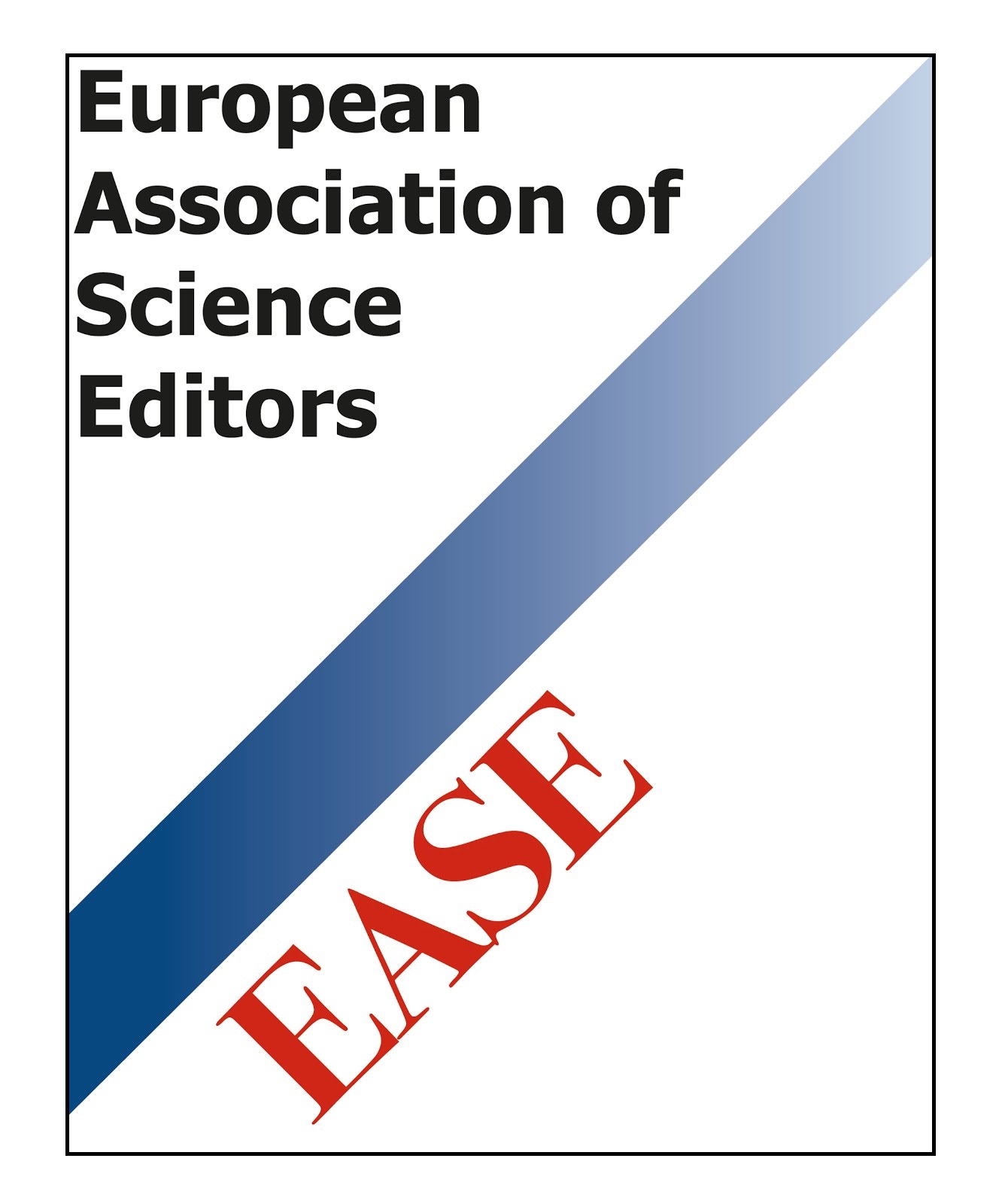Applications of EM and Gravitational Force Strengths in Unification
DOI:
https://doi.org/10.15415/jnp.2014.21002Keywords:
Gravity, Strong interaction, Unification, Nuclear charge radius, Planck’s constant, Strong coupling constant, Semi empirical mass formulaAbstract
By implementing the unified mass unit Mc≅√e2/4πεoG the authors made an attempt to fit and understand the key ‘quantum’ and ‘nuclear’ physical parameters. With MC and by considering the electromagnetic and gravitational force ratio of proton and electron - the nuclear charge radius, the Planck’s constant and the strong coupling constant can be fitted in a unified approach. Finally by considering the proton rest energy and the nuclear charge radius the authors made an attempt to fit the semi empirical mass formula energy coefficients and stable heavy elements in a very simple way.
Downloads
References
G.J. Stoney, On the Physical Units of Nature. Phil.Mag. 11, 381-390, (1881). http://dx.doi.org/10.1080/14786448108627031
A. Salam, Einstein’s Last Dream: The Space -Time Unification of Fundamental Forces, Physics News, 12(2) 36, (1981).
D. Gross, Einstein and the search for Unification. Current science, 89(12) 25, (2005).
S.W. Hawking, A Brief History of Time. Bantam Dell Publishing Group (1988).
U.V.S. Seshavatharam and S. Lakshminarayana, Applications of Hubble Volume in Atomic Physics, Nuclear Physics, Particle Physics, Quantum Physics and Cosmic Physics. Journal of Nuclear Physics, Material Sciences, Radiation and Applications 1(1) 45–60, (2013).
U.V.S. Seshavatharam and S. Lakshminarayana, SUSY and strong nuclear gravity in (120-160) GeV mass range. Hadronic journal, 34(3) 27, (2011).
U.V.S. Seshavatharam and S. Lakshminarayana, Logic Behind the Squared Avogadro Number and SUSY International. Journal of Applied and Natural Sciences. 2(2) 23-40, (2013).
U.V.S. Seshavatharam and S. Lakshminarayana, Molar electron mass and the basics of TOE. Journal of Nuclear and Particle Physics 2(6) 132-141, (2012). http://dx.doi.org/10.5923/j.jnpp.20120206.01
U.V.S. Seshavatharam and S. Lakshminarayana, Nucleus in Strong nuclear gravity. Proceedings of the DAE Symp. on Nucl. Phys. 56 302, (2011).
U.V.S. Seshavatharam and S. Lakshminarayana, Hubble Volume and the Fundamental Interactions, International Journal of Astronomy, 1(5) 87-100, (2012).
U.V.S. Seshavatharam and S. Lakshminarayana, To confirm the existence of atomic gravitational constant. Hadronic journal, 34(4) 379, (2011).
H. Geiger and E. Marsden, On a diffuse reaction of the particles. Proc. Roy. Soc., Ser. A 82: 495-500, (1909). http://dx.doi.org/10.1098/rspa.1909.0054
E. Recami, Elementary Particles as Micro-Universes, and “Strong Black-holes”: A BiScale Approach to Gravitational and Strong Interactions. Preprint NSF-ITP-02-94. posted in the arXives as the e-print physics/0505149, and references therein.
A. Salam and C. Sivaram, Strong Gravity Approach to QCD and Confinement. Mod. Phys. Lett., A8(4), 321-326, (1993). http://dx.doi.org/10.1142/S0217732393000325
A. Salam, Strong Interactions, Gravitation and Cosmology. Publ. in: NATO Advanced Study Institute, Erice, June16-July 6, 1972; in: High Energy Astrophysics and its Relation to Elementary Particle Physics, 441-452 MIT Press, Cambridge (1974).
K. Schwarzschild, Über das Gravitationsfeld eines Massenpunktes nach der Einsteinschen Theorie, Sitzungsberichte der Deutschen Akademie der Wissenschaften zu Berlin, Klasse fur Mathematik, Physik, und Technik 189 (1916).
C. Subrahmanyan, Mathematical Theory of Black Holes. Oxford University Press (1999).
P.J. Mohr, B.N. Taylor and D.B. Newell, in arXiv:1203.5425 and Rev. Mod. Phys. (to be published). http://pdg.lbl.gov/2013/reviews/rpp2012-rev-phys-constants.pdf
S. Mehedinteanu, The Connection between Quantum Mechanics & Gravity. Prespacetime Journal, 5(1), 44-59, (2014).
U.V.S. Seshavatharam, Physics of rotating and expanding black hole universe. Progress in Physics. 7-14, (2010).
U.V.S. Seshavatharam, The Primordial Cosmic Black Hole and the Cosmic Axis of Evil. International Journal of Astronomy, 1(2) 20-37, (2012).
W.D. Myers, et al. Table of Nuclear Masses according to the 1994 Thomas-Fermi Model. (from nsdssd.lbl.gov)
P.R. Chowdhury, et al. Modified Bethe-Weizsacker mass formula with isotonic shift and new driplines. Mod. Phys. Lett. A20 1605-1618 (2005). http://dx.doi.org/10.1142/S021773230501666X
G. Audi, and A.H. Wapstra, The 1993 atomic mass evolution (I) Atomic mass table, Nuclear Physics, A565, 1-65, (1993). http://dx.doi.org/10.1016/0375-9474(93)90024-R
Downloads
Published
How to Cite
Issue
Section
License
View Legal Code of the above-mentioned license, https://creativecommons.org/licenses/by/4.0/legalcode
View Licence Deed here https://creativecommons.org/licenses/by/4.0/
| Journal of Nuclear Physics, Material Sciences, Radiation and Applications by Chitkara University Publications is licensed under a Creative Commons Attribution 4.0 International License. Based on a work at https://jnp.chitkara.edu.in/ |














